Sony FE 70-200 f/4 G OSS Lens Review – Part 4 – Final Word
You can read first part of the review here – http://www.verybiglobo.com/sony-fe-70-200-f4-g-oss-lens-review-part-1/, second part here – http://www.verybiglobo.com/sony-fe-70-200-f4-g-oss-lens-review-part-2/, and third part here – http://www.verybiglobo.com/sony-fe-70-200-f4-g-oss-lens-review-part-3/
I spent almost two months with the Sony FE 70-200 F/4 G OSS now, and I have crystal clear opinion about the lens. In short – it’s very good. This post will therefore be more about images than about written text.
As was shown in a formal tests, Sony performs very well at infinity distance.
Looking at the ISO 12333 test results, I was little bit worried about medium distances that are often used for portraits e.g.
In a real life test, however, lens showed very good to excellent results. Here are few samples from medium distance
And few close-ups
Overall lens has respectable sharpness with slight decrease toward short focus distance and longer end, but from medium to infinity, it is as good as I will ever need, and it makes great option for my landscape photography because of its light weight, in comparison to my Canon 70-200/2.8 L IS II that I used to carry before.
Contrast and colors are very nice and CA is almost indistinguishable in most situation, especially if you leave in camera lens correction to on. The only problem in that respect seems to be flaring…
Here are several shots at 70mm and 200mm, were nasty flaring is more than obvious
Lens is used with the hood and without filter with the sun in frame (or close to the edge). However, it is possible to make perfectly clean shots even with the sun in frame, but usually when the sun is closer to the horizon. (Which is always at sunset, sunrise situations).
Flaring is a problem with this lens, but it isn’t deal breaker, at least for my intended use. However, you should be cautious when shooting with the sun close around.
I was also trying to figure out efficiency of the OSS. It is of course hard to qualify OSS, because it depends on photographer skills, but I was quite impressed with achieved results. Following image was taken at 70mm and 1.6s hand held and it is still acceptably sharp IMHO. This is extreme but I was usually able to hold up to 3-4 stops bellow rule of thumb, without problems.
One of the important aspects is look of the bokeh and ability to isolate the subject at f/4.
In both parameters, Sony shows above average characteristics, with bokeh being especially smooth for this type of the lens.
Here is series of the shots from 70-200mm, de-focused on the night street lights, so that you can examine shape, outline and structure of circular highlights, as well as coma.
- 70mm f/4
- 70mm f/5.6
- 100mm f/4
- 100mm f/5.6
- 100mm f/8
- 135mm f/4
- 135mm f/5.6
- 135mm f/8
- 200mm f/4
- 200mm f/5.6
- 200mm f/8
Please ignore f-stops in the 200mm images, I will repair them asap, but for now – they were also taken at f/4, f/5.6 and f/8
Here are another three shots comparing Canon 70-200 at f/2.8 and f/4 to Sony 70_200 at f/4. from this shots you can see that difference in subject isolation in most cases won’t be dramatic between f/2.8 and f/4. (there are situations where it might be more pronounced)
Finally, what count more is how the bokeh look in a real life situation and I could hardly ask for more pleasing subject
In the last two images, you might see the slight tendency toward “swirly” bokeh and highlights are little bit nervous, but I like exactly this kind of bokeh, so it works perfectly for me.
In the following two shots I was trying to see for sensor reflection issues with Sony A7.
As you can see from the top left corner, sensor ghosting issue is still there, but with this lens, is not nearly as excessive as it is with FE 35/2.8 e.g.
Conclusion:
Sony FE 70-200 f/4 G OSS is very good lens of its type. It’s not cheap, but it delivers premium build and image quality. Main question thus is – who it is for? Canon and Nikon users often use similar lenses for landscape (because of smaller size and weight than f/2.8 versions), travel and urban wildlife, such as ZOO e.g. In that respect, Sony is doing very well. You might notice however that I didn’t mention AF yet. Well… that’s because I don’t know what to say.
During my intensive 2 months testing on Sony A7, A7r, A6000 and even NEX 7, I got too many blurred images, more that I were used to with my Canon gear. I also didn’t find AF speed to be above average especially in the low light. However, this might not be a problem of the lens, but rather of cameras or even myself. Nevertheless, based on my experience with running kids, BIF, tennis and occasional wildlife, I can’t yet recommend Sony E mount as a system of choice.
Lack of semi-professional or professional focus system, put this lens in a shadow of the system in general. Problem IMHO is, that Sony rushed on the market with new cameras and new OSPDAF technology, but that technology needs more time to mature. When I was on Photokina 2014, I spend several hours discussing with Sony senior representatives, how different AF setting interact together, but their advise was quite funny – “your best bet to see which combination of settings work best in which situation is – trial/error method”!
Considering all that, I am thinking why Sony introduced this lens instead of something like 100-300 f/4.5-5.6 e.g., which would be smaller lighter and cheaper option that will equally well serve landscape and occasional wild life photographers? Professional grade lens, which Sony 70-200 f/4 G OSS certainly is, would need professional grade body with adequate focus system and support IMHO.
Will I return the lens? No. I will use it for my landscape work, with Sony A7 and A6000. (Shutter shock limits its usage on A7r)
Maybe in the future, Sony will introduce well tested and fine tuned professional grade camera which will give a new life to otherwise great Sony FE 70-200 f/4 G OSS.
If you can afford it, it certainly won’t disappoint in the IQ department and it will serve you well for many years to come. I would highly recommend this lens, unless you are professional sport or wildlife photographer, because of the system in general.
1st part of the review
2nd part of the review
3rd part of the review
Few more shots with the lens.
Please help support this page and upcomming reviews and buy through affiliate links, with no extra cost for you:
Buy on BHPhoto: FE 70-200mm f/4.0 G OSS Lens
Buy on Amazon: FE 70-200mm f/4.0 G OSS Lens
To help this page survive, your donation will be highly appreciated.


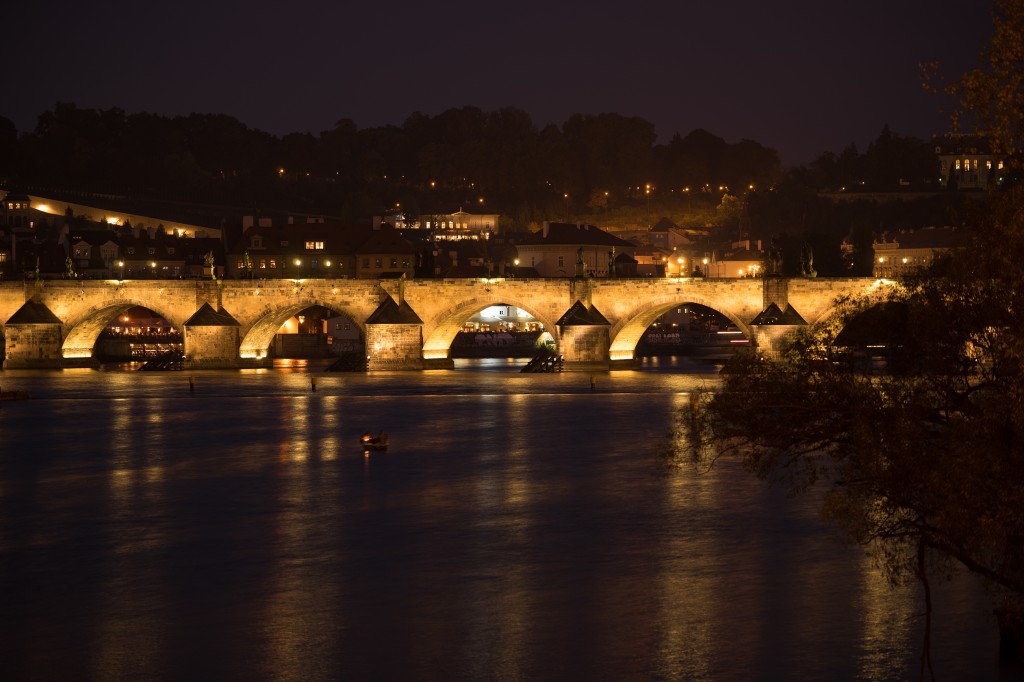

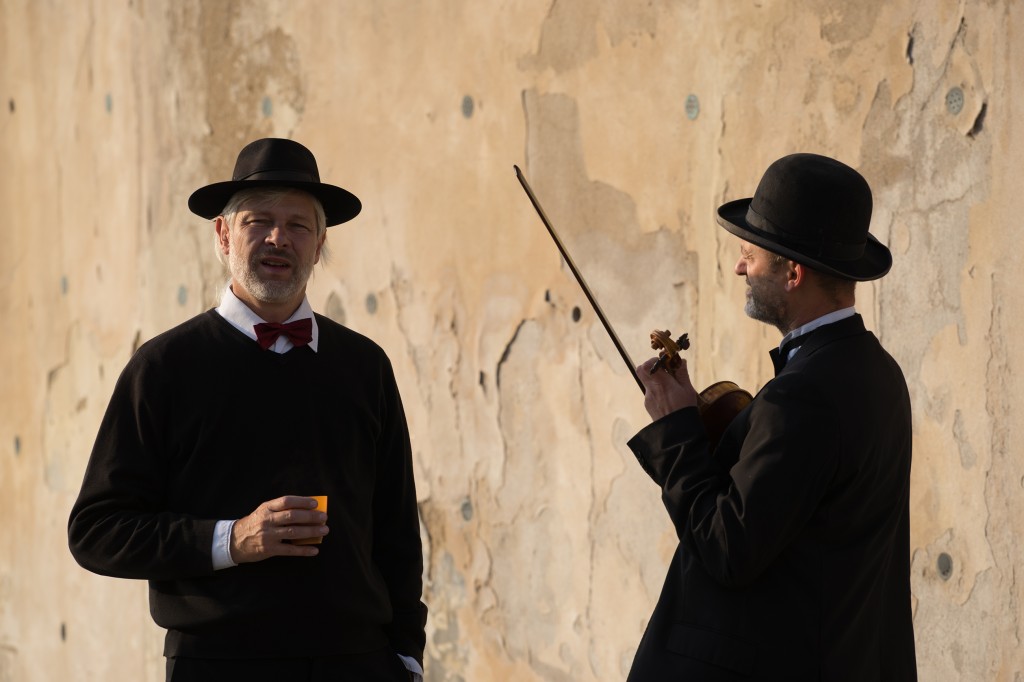





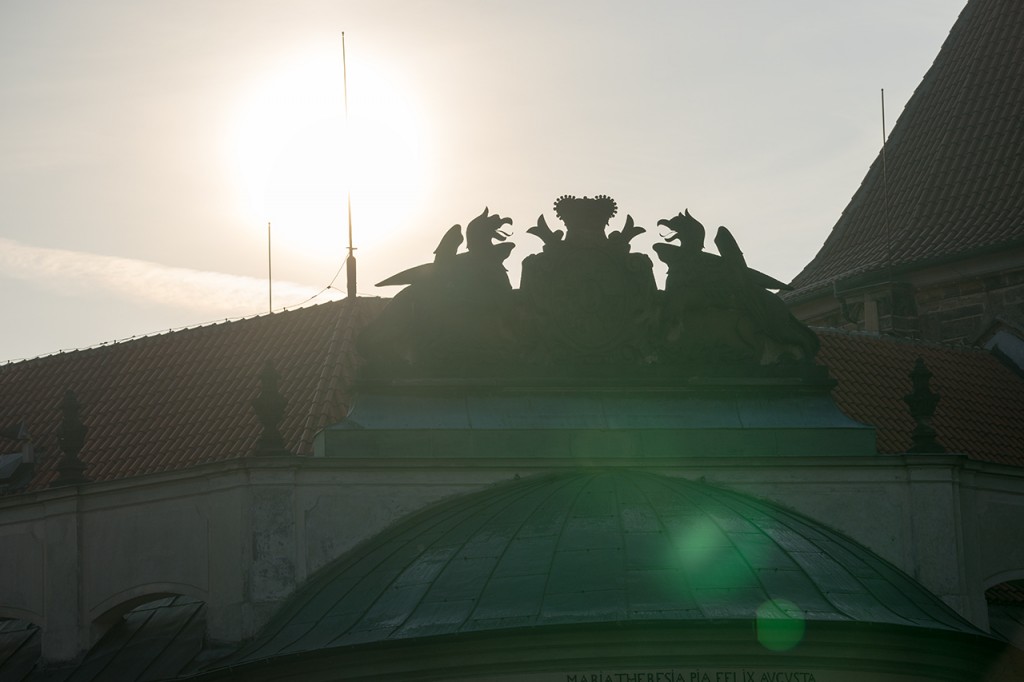
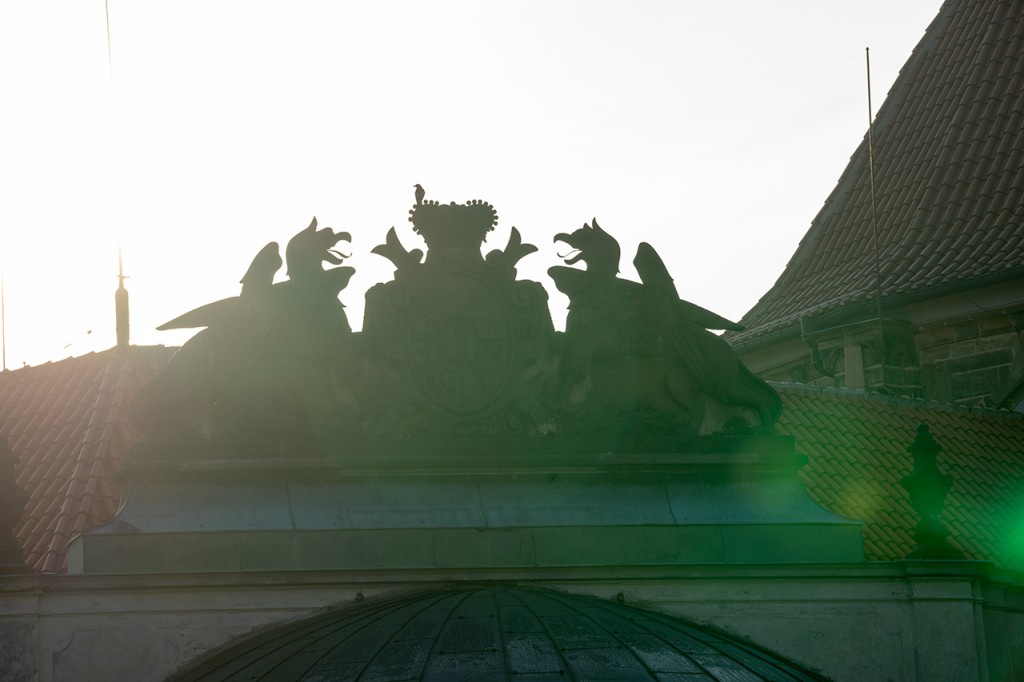
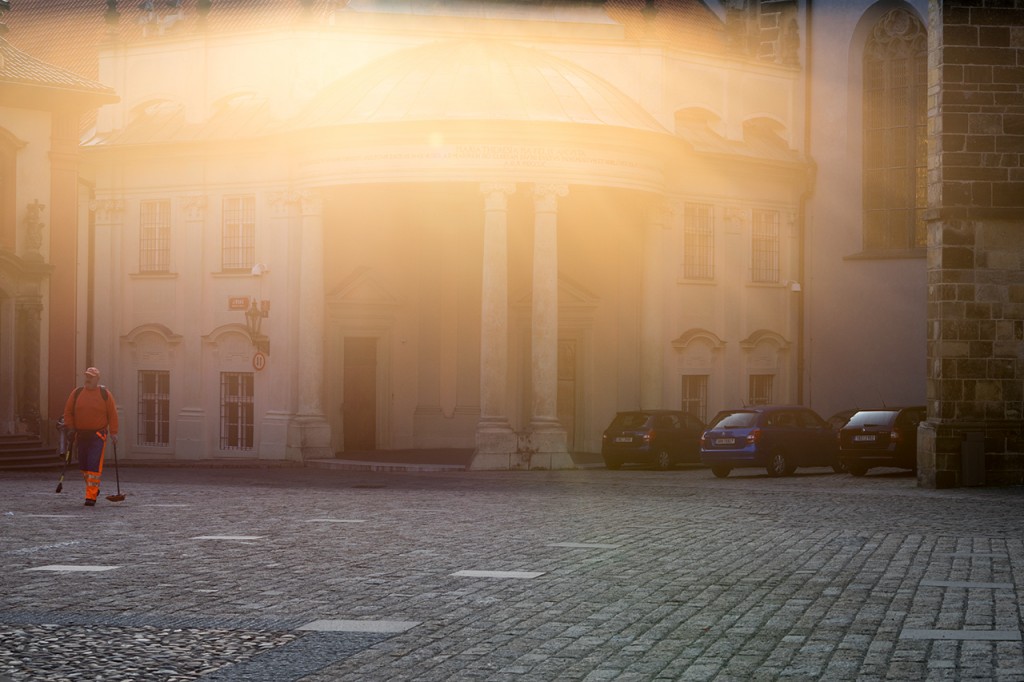




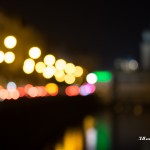
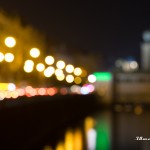
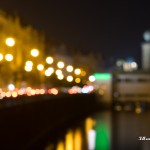
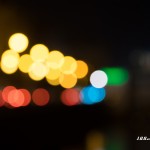
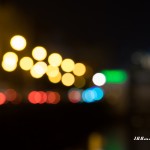
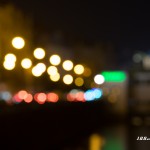
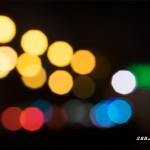

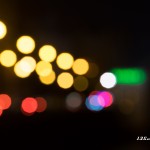
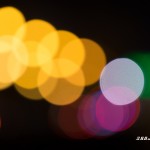
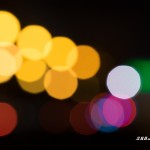
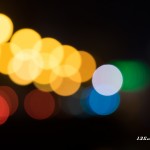



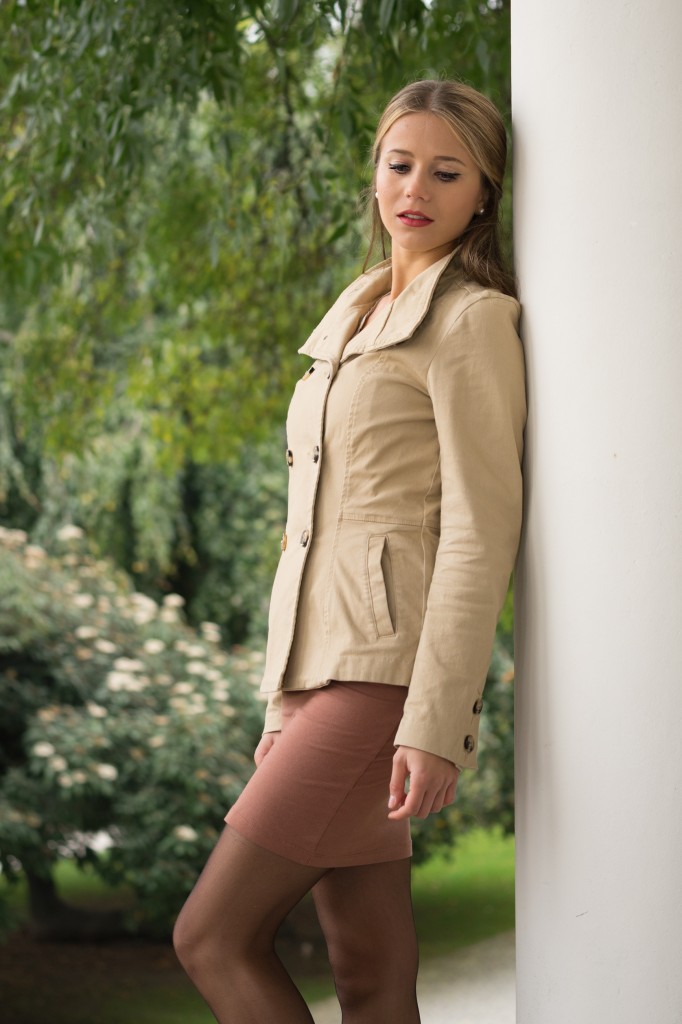
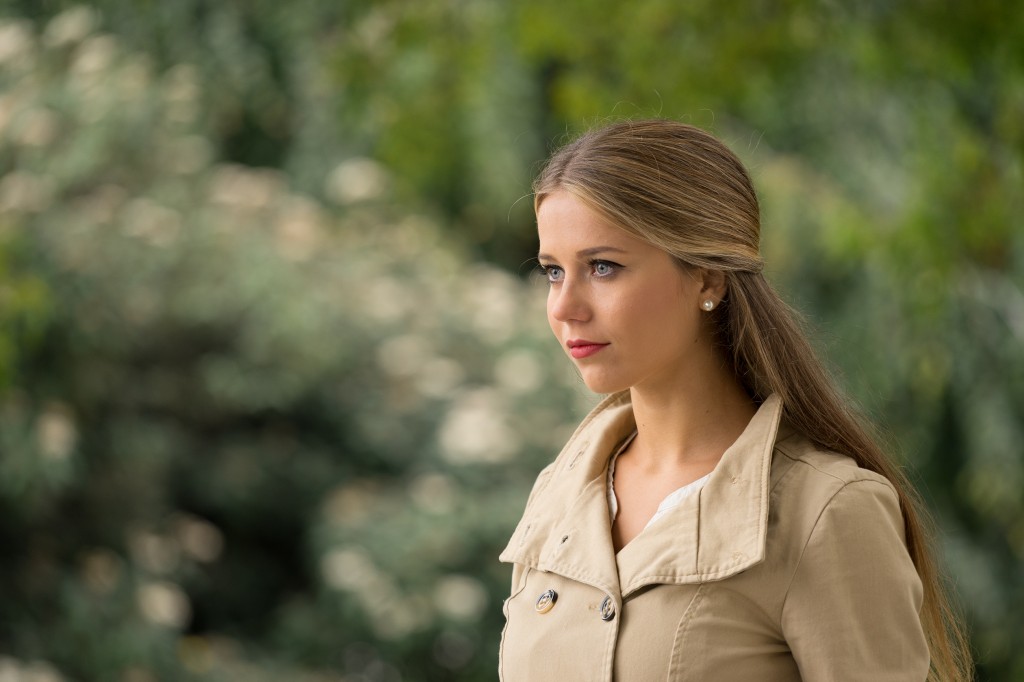
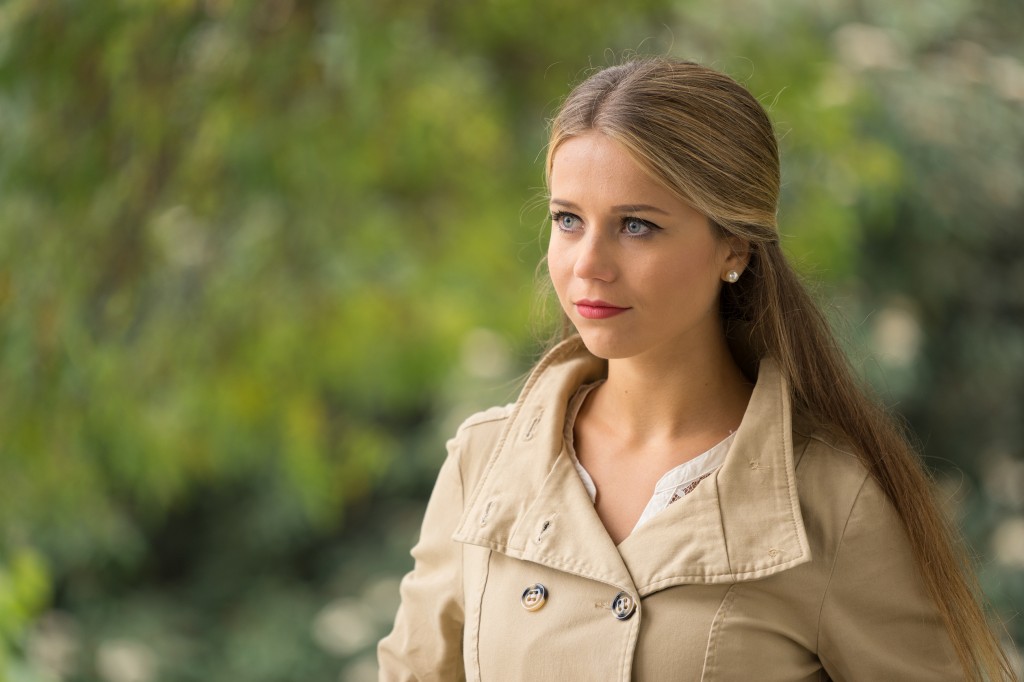
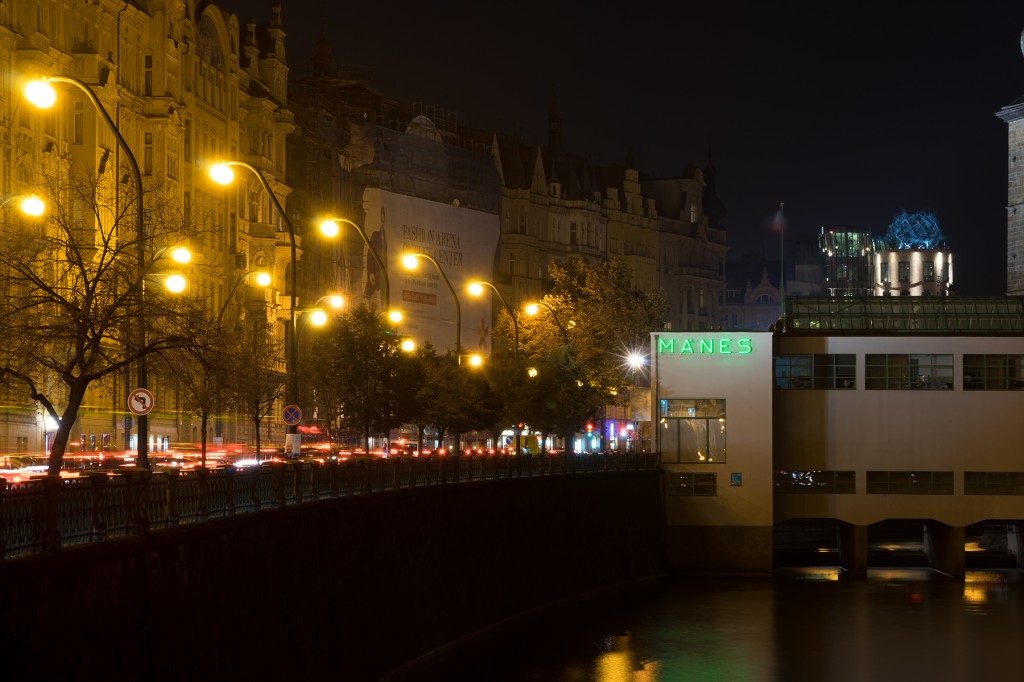
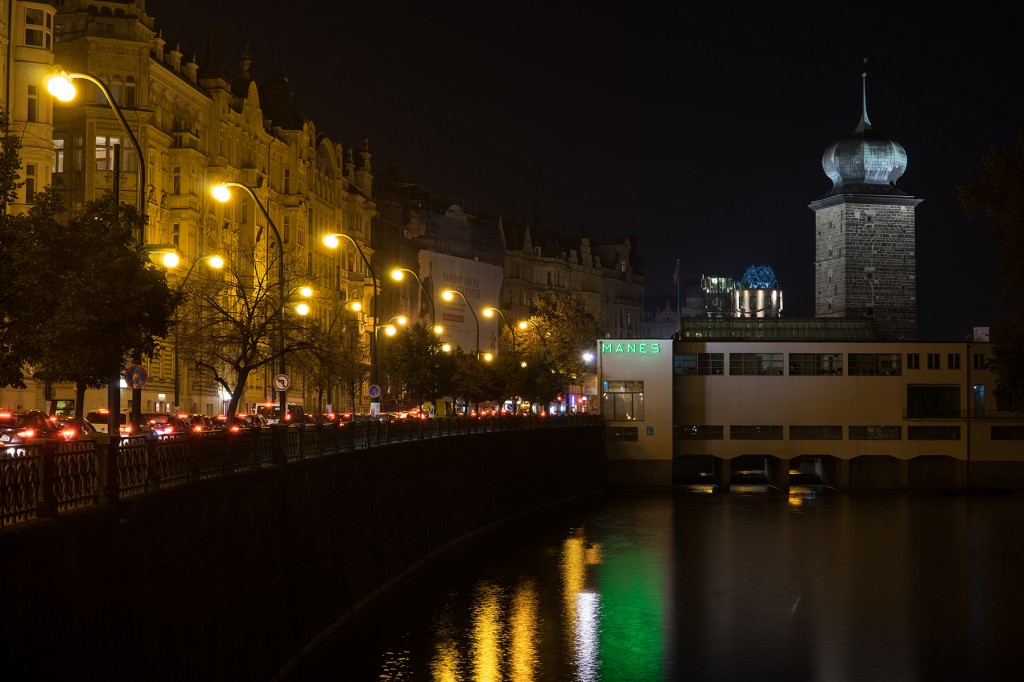
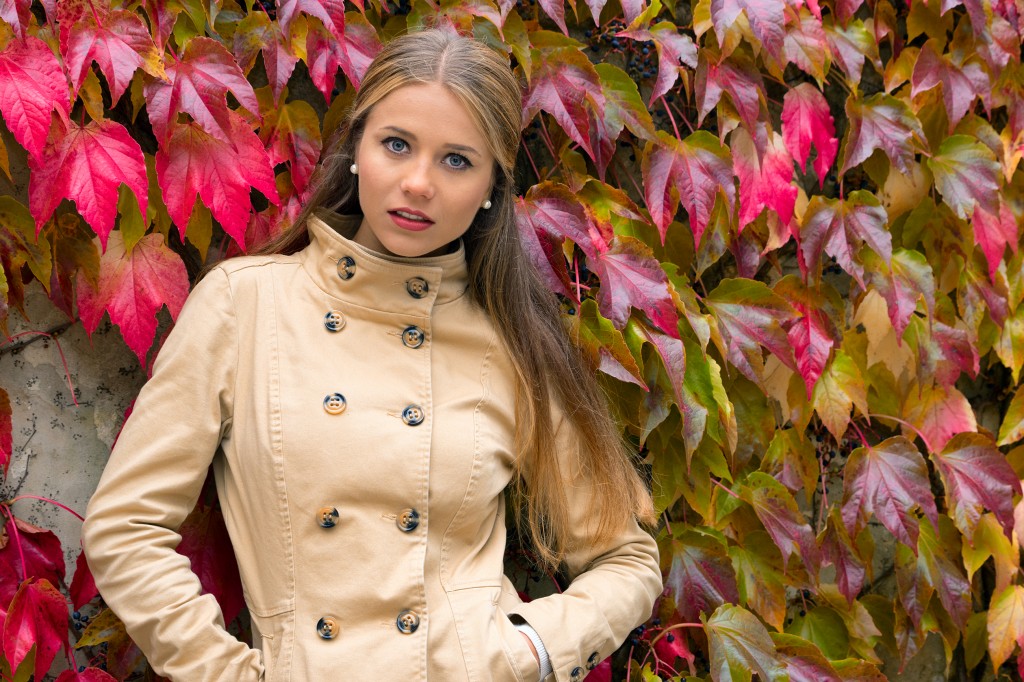
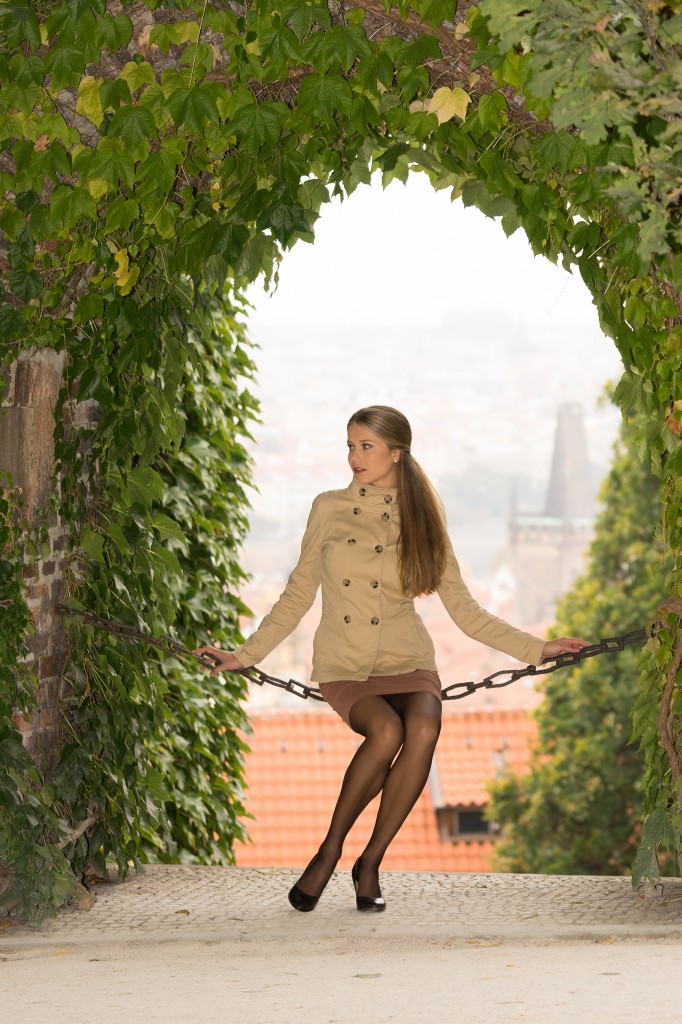


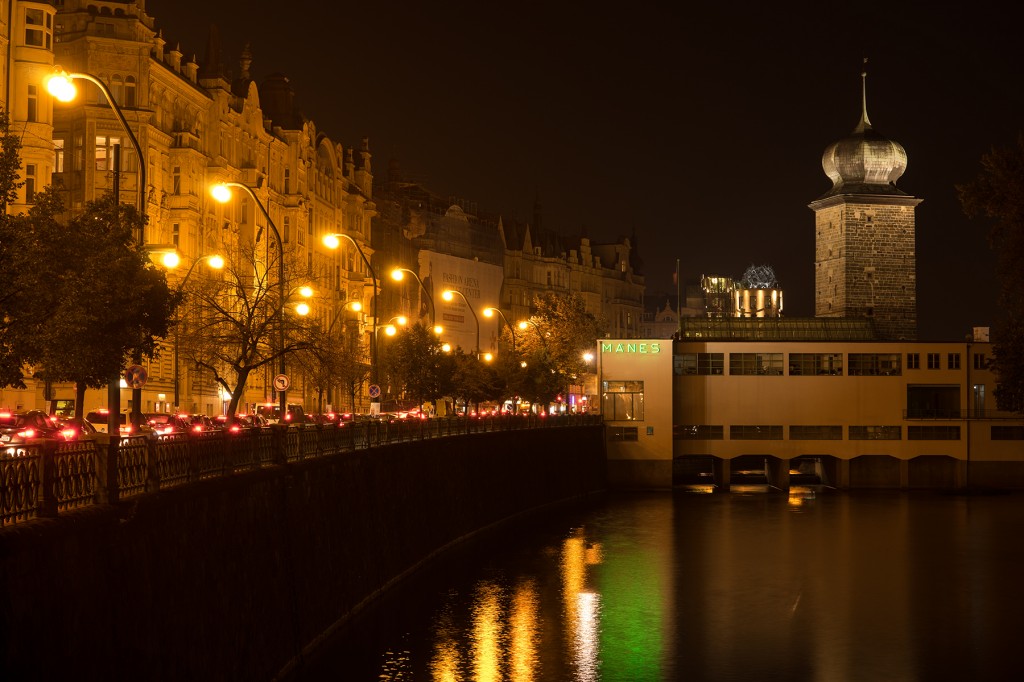
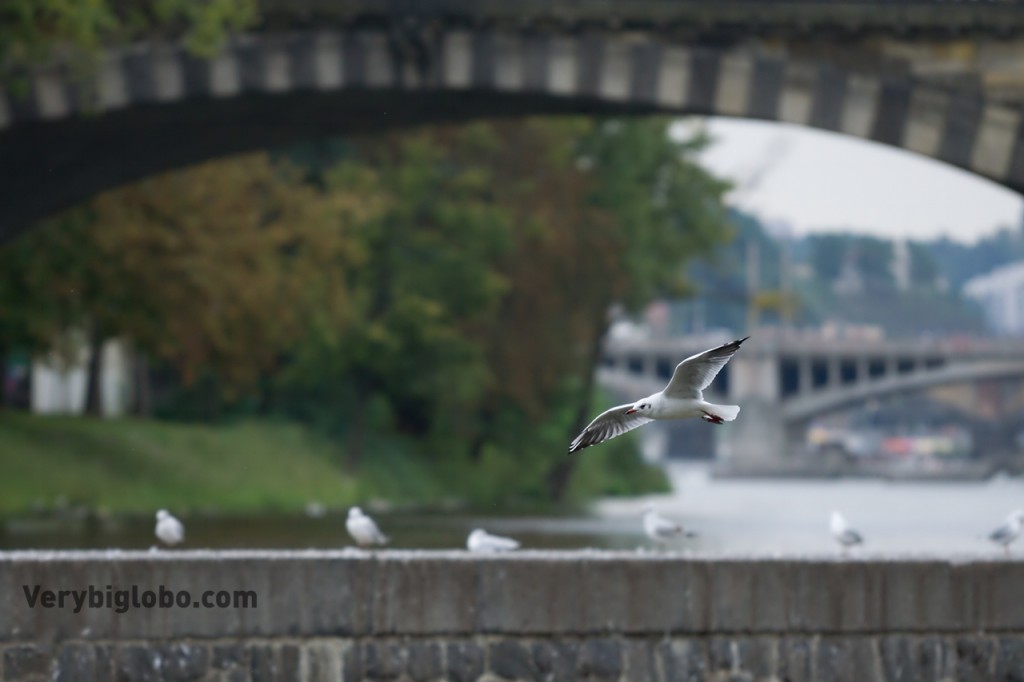
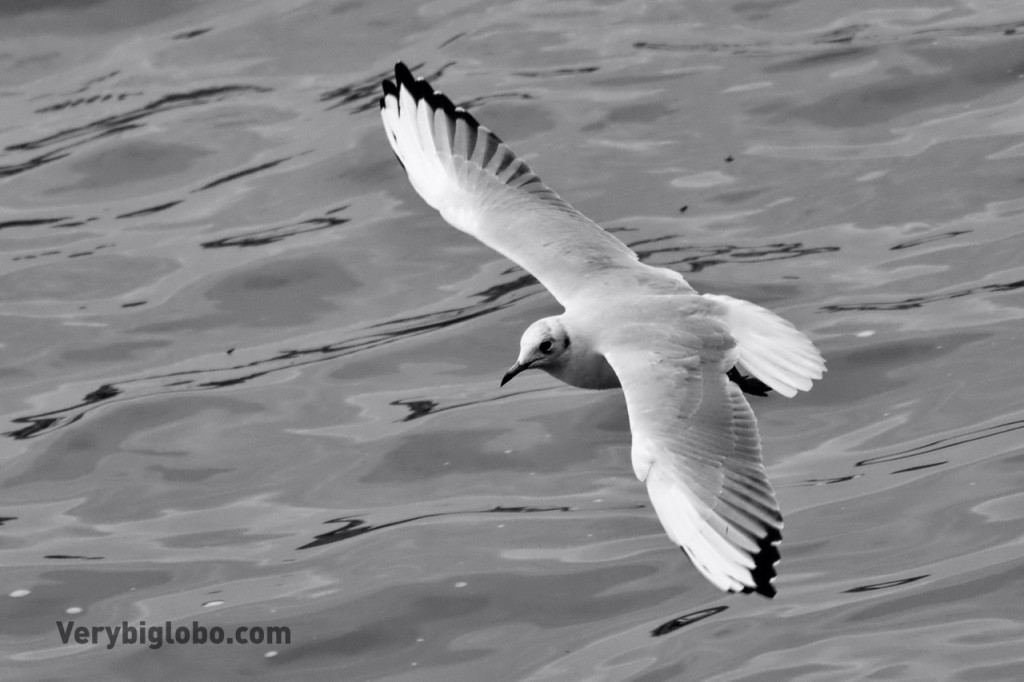


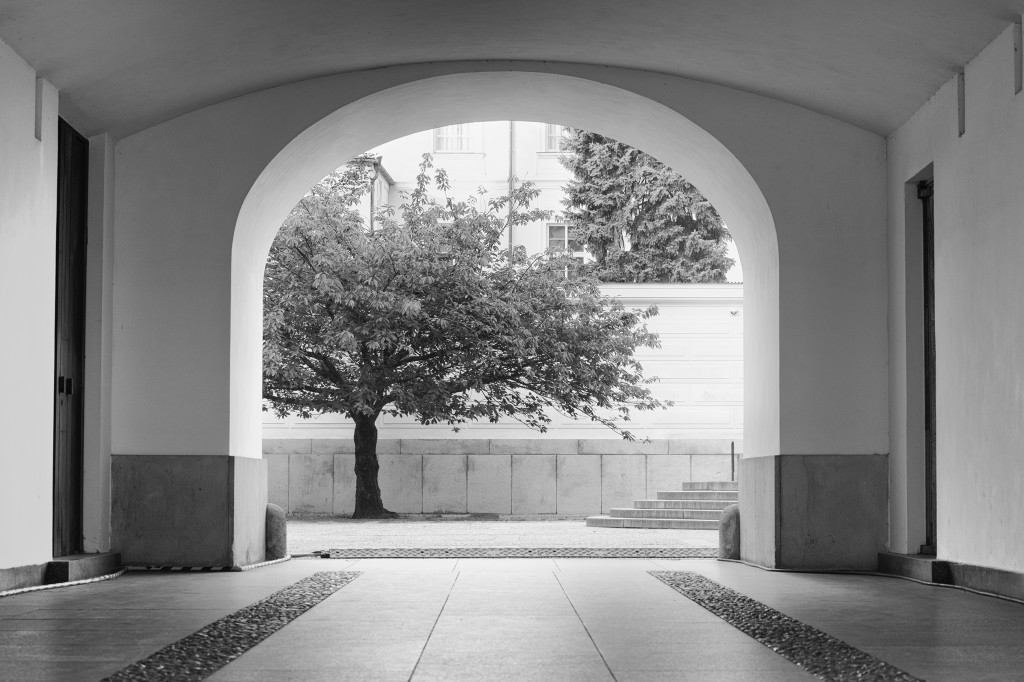
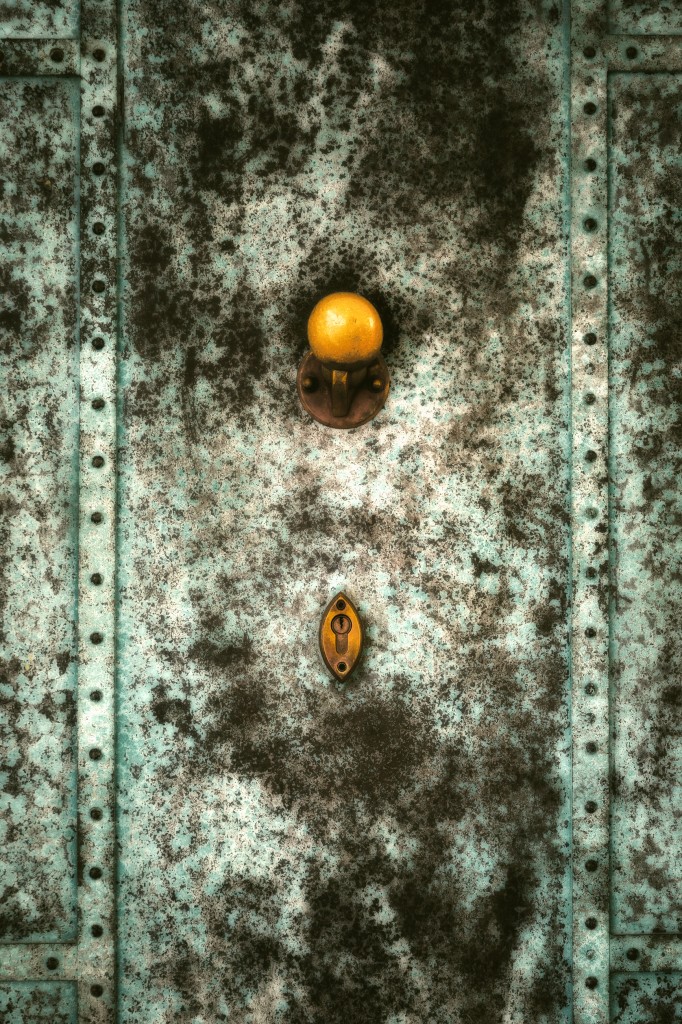


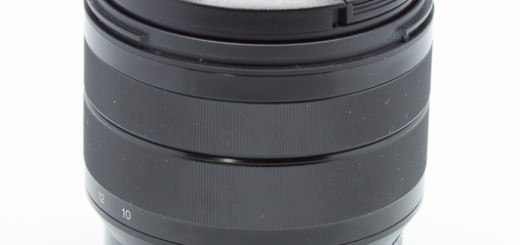
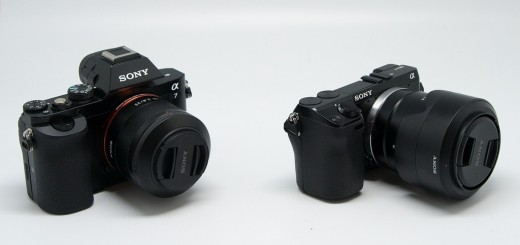
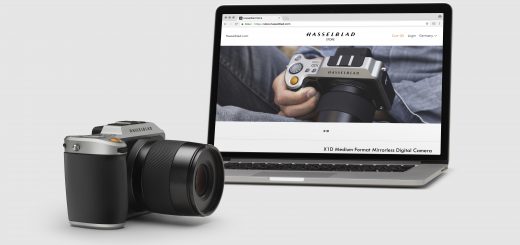
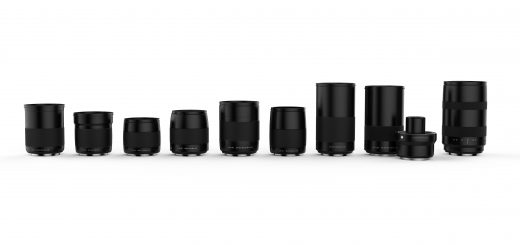
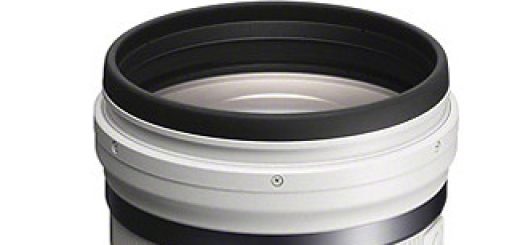

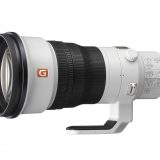
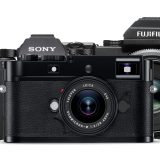
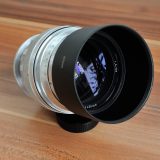
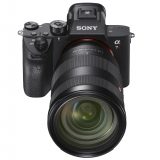
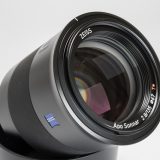

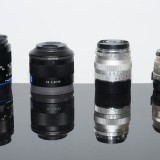
Thanks for your extensive review. Unfortunately I couldn’t be able to seriously test the lens (every free day is raining here, up to a severe flood the past night), but my first impression is very similar to yours: great lens, with a pitfall for flaring. Too bad – it sounds it’s a Sony common problem, as the SEL1670Z also flares more than I was used to with other zooms. But as you say, when the sun light intensity is dimmed (and fortunately this is the most frequent case for landscape) it’s very well manageable.
I didn’t see so far problems with AF (with a NEX-6), but I only exercised with stationary subjects. When used hand-held, I think I had some problems concerning blur (not saying that everything is blurred: I got some perfectly sharp stuff, but I expected a higher percentage), as if the OSS wasn’t so smart, but honestly this is my first medium-long lens with OSS and I have to get in acquaintance with it.
Thanks for the comment Fabrizio. Your blog is also very nice I am visiting it quite often. The whole AF issue of mine has probably nothing to do with this lens, but with the system itself. The only camera I have that should be capable of fast AF and AF tracking for fast moving subjects – A6000 is after six month of use, still big mystery in terms of AF settings. I tried many of combinations and permutations of individual settings, but the results are rather poor in comparison to my Canon 5D MII (certainly not the AF champ), not to speak about Canon 1Dx or Nikon D800E. Simply, I am not able to get consistent results with fast moving subjects with FE 70-200 f/4, no metter what Sony E mount camera I use and how I set AF. That put big question, why professional lens is released before adequate body is available?
Regards,
Viktor
Hi Viktor. Very nice review!
Regarding AF settings on the A6000, I would recommend Zone AF + AF-C. This combination works best for subject tracking. If you are using a single point for subject tracking (eg. like on a DSLR), it may not work very well in my experience with the A6000.
Also, subject tracking would work better if you have subjects that are not moving erratically. For example, Gordan Liang from camera labs was impressed with the A6000 AF because the subjects he was working with had predictable movements (Cycling). I am sure he would not have been impressed if he was photographing a soccer game for example. My solution is that if the subject suddenly changes direction, I press the shutter release again so that the camera reacquires focus and predicts movements afresh.
Also, when will you be comparing it to the 55-210 OSS? If you do, maybe you can also compare the AF performance between the two?
Hi Raghav,
thanks for your comment and suggestion. I’ve been working on AF tests with A6000 and FE 70-200 f/4 G OSS (and other FE lenses) for quite some time. Problem is to set a methodology that will be empirically comparable among testing sets, and so far I wasn’t able to come with any. So all my experience is based on rather random efforts to test AF, because in a real life I rarely use it at all.
I’ve been trying all possible focus settings, including zone focus, and I tried to follow – runner, cyclist, tennis player, skateboarding, water skiing and many more, and my success rate was always lower than with my Canon 5D Mark II, which is certainly not known for good focus. In comparison to my Canon 1Dx or Nikon D800E, it is just different league.
Most prominent problem is reliability of AF. Not that A6000 is not capable of acquiring it here and there, but that here and there doesn’t seem to have predictable pattern.
You can take a look here – http://www.verybiglobo.com/sony-alpha-a6000-worlds-fastest-af/ and here – http://www.verybiglobo.com/sony-alpha-a6000-worlds-fastest-af-part-2/ for some previous AF tests with A6000. Since then, I made several thousand of AF test shots, spent hours debating with Sony specialists about interaction of different AF settings (face detection, lock-on, lock-on with shutter press, eye focus etc.) and I still have no conclusion. What is even worse, neither Sony specialists were able to give me answers that I asked for.
If your A6000 works for you, there is nothing more to think about. Simply just enjoy it.
Cheers,
Viktor
love how you touch on aspects that are disregarded on other review sites, like the sharpness at infinity vs chart distance. How do you think the lens compares to canon in terms of focus breathing? I ask because it’s said that i.e nikon 70-200 f/2.8 is actually ~130mm on tele end when focused in portrait distance.
Can’t wait for when 16-35 gets in your hands 🙂 cheers
Thanks evg for your very kind words and great point. I didn’t test it for focus breathing and I will do it asap. From initial use, I didn’t noticed anything significant, so I guess it will show above average results, nothing like famous Nikon 🙂 but we’ll see. Thanks again for a good note.
Cheers,
Viktor
Nice review! The flare problem seems to be sensor glass related. http://bestmirrorlesscamerareviews.com reports similar issues with other lenses, amongst others. The A7r is less prone to showing it, seems to have a different cover. A thread here: http://www.dpreview.com/forums/thread/3613281.
Hi HF,
thank you for the comment. We were actually one of the first to write about A7 sensor problem here on verybiglobo.com – http://www.verybiglobo.com/sony-alpha-a7-ilce-7-and-sony-alpha-a7r-ilce-7r-part-7-a7-sensor-flare-problems
Weak flaring resistance of the 70-200/4 OSS is unfortunately not only sensor related, but that doesn’t help for sure.
Cheers,
Viktor
Thank you for the comprehensive and thoughtful review. I used the A6000/FE 70-200 f/4 G OSS combination on a recent bear watching trip to Alaska. I found some sharp images but many more soft or blurred images. I also tried various focus settings with none being clearly better than another. I’m wondering if you think this lens will perform better with the A7rII, especially for wildlife or other moving subjects? Or am I barking up the wrong tree if wildlife photography is my interest?
Thanks Paul,
I am waiting for my A7RII pre-order and until It come, I can’t really answer your questions. Personally, I would choose Canon 1Dx or Nikon 4Ds for wildlife, not only because of AF, but also because of better suited native mount lenses, better ergonomics, more substential build quality, better weather protection and much longer battery life. Not that with Sony A6000 you can’t take nice WL shots, but if I would have the choice…
Cheers,
Viktor